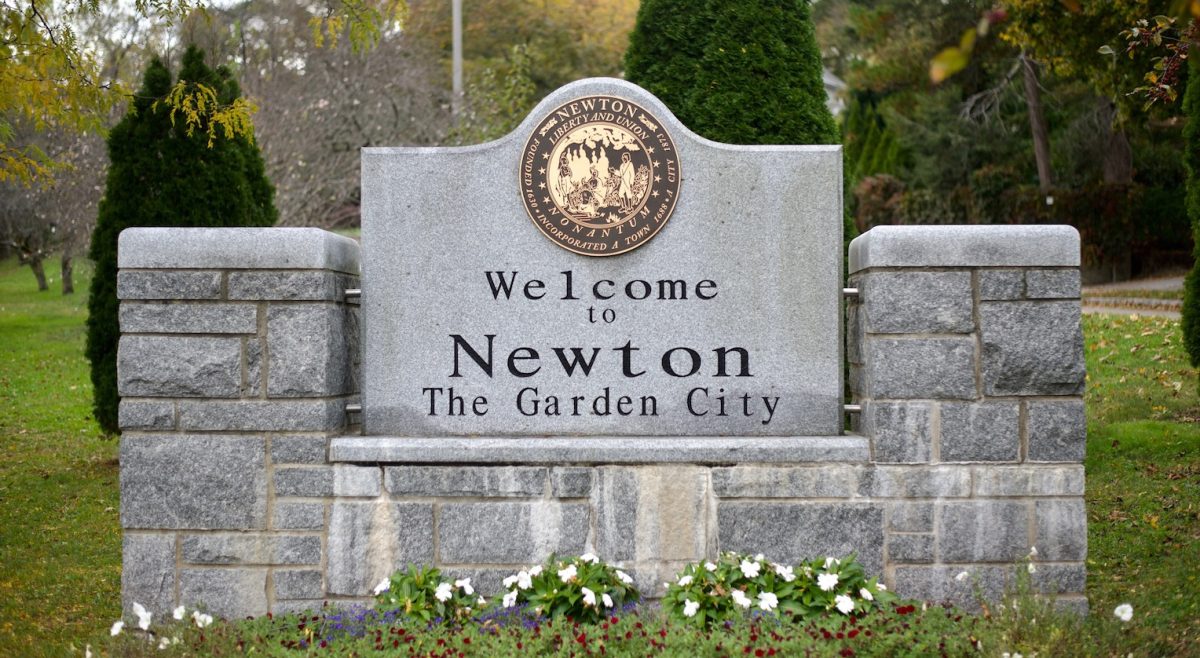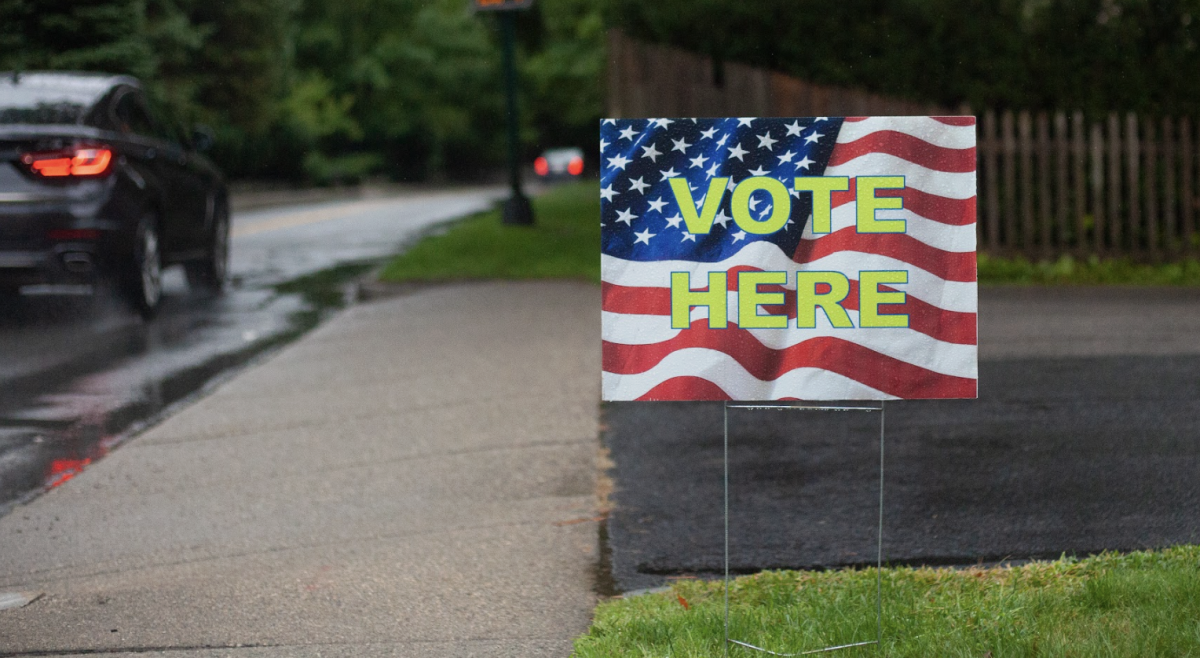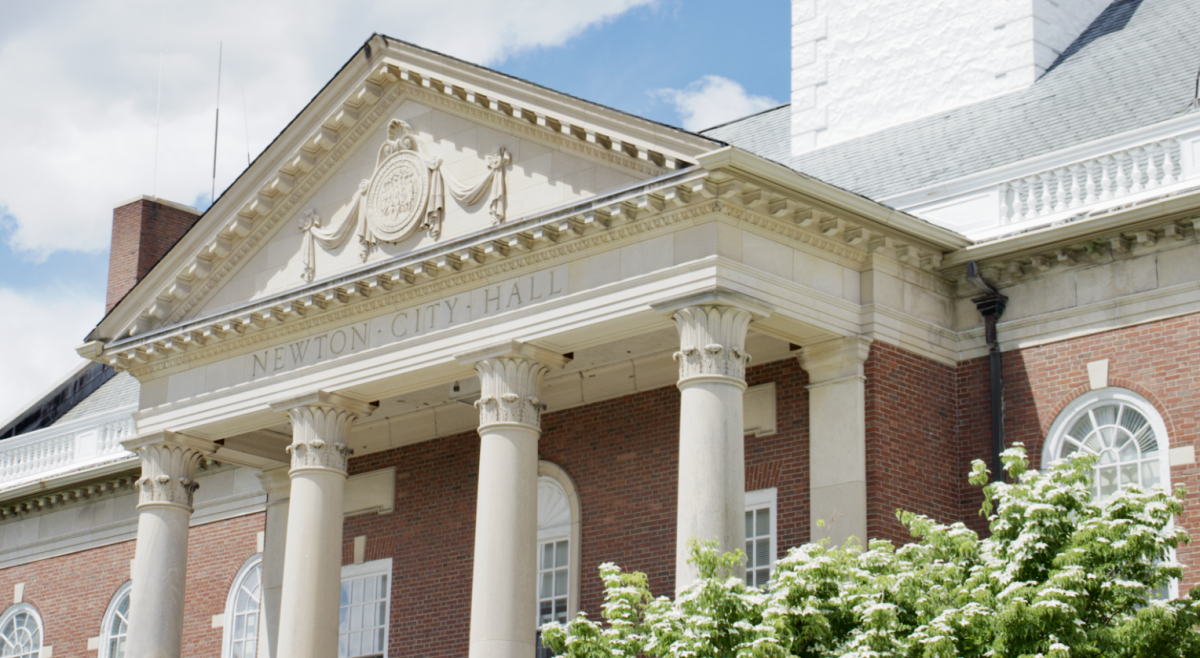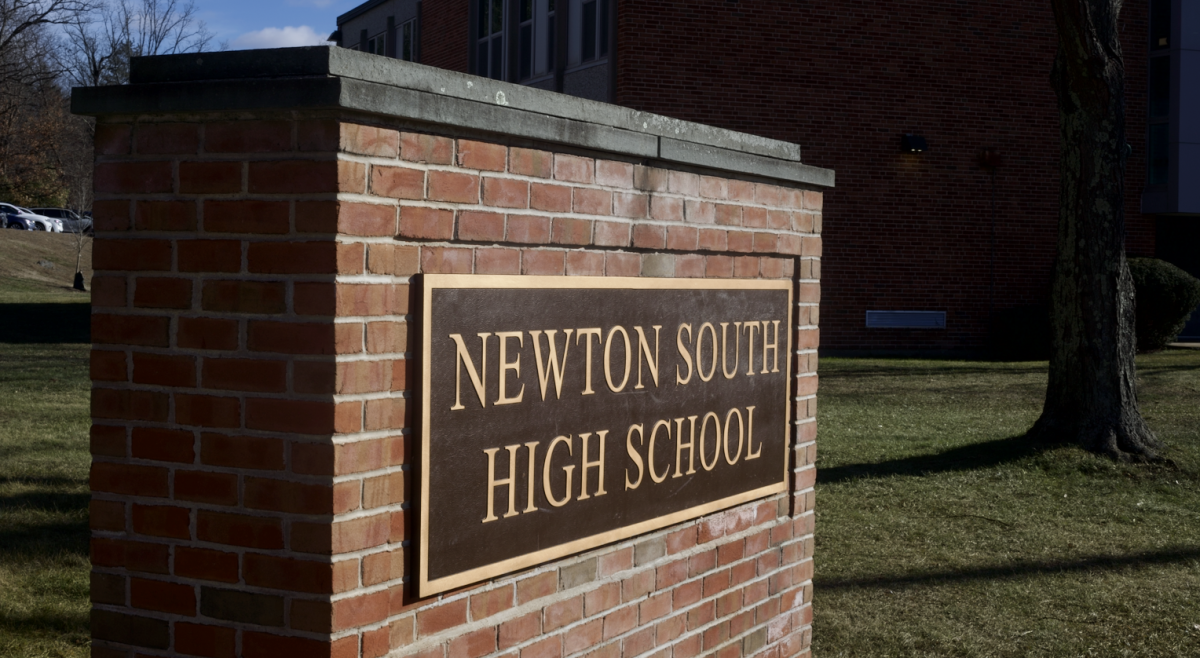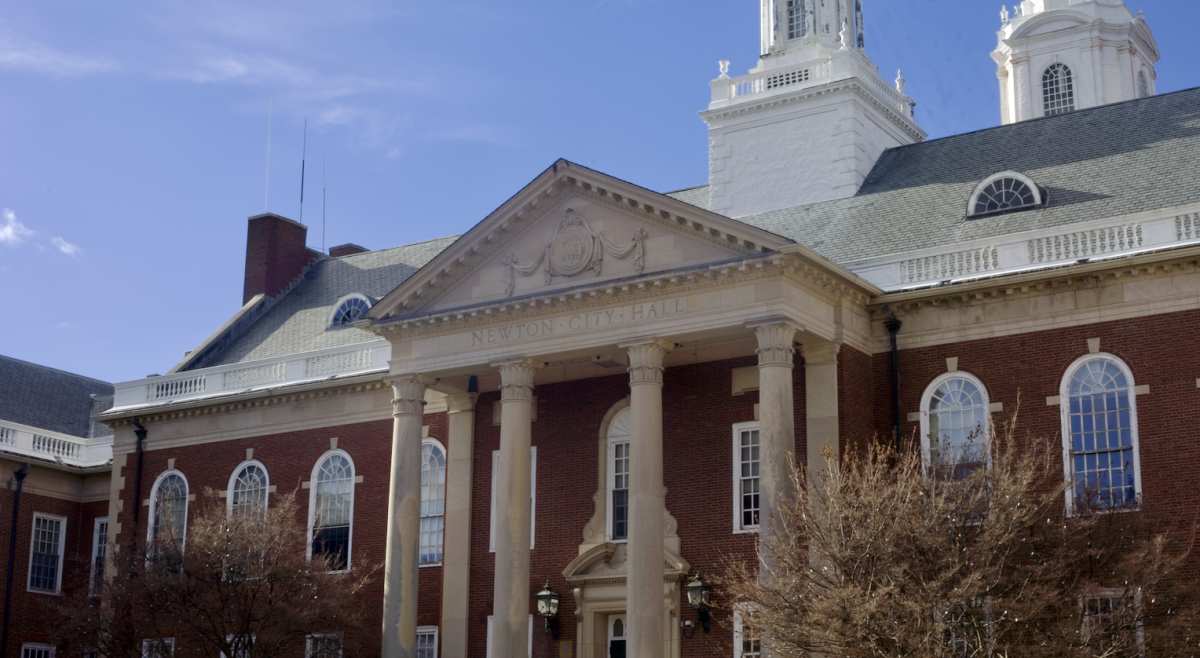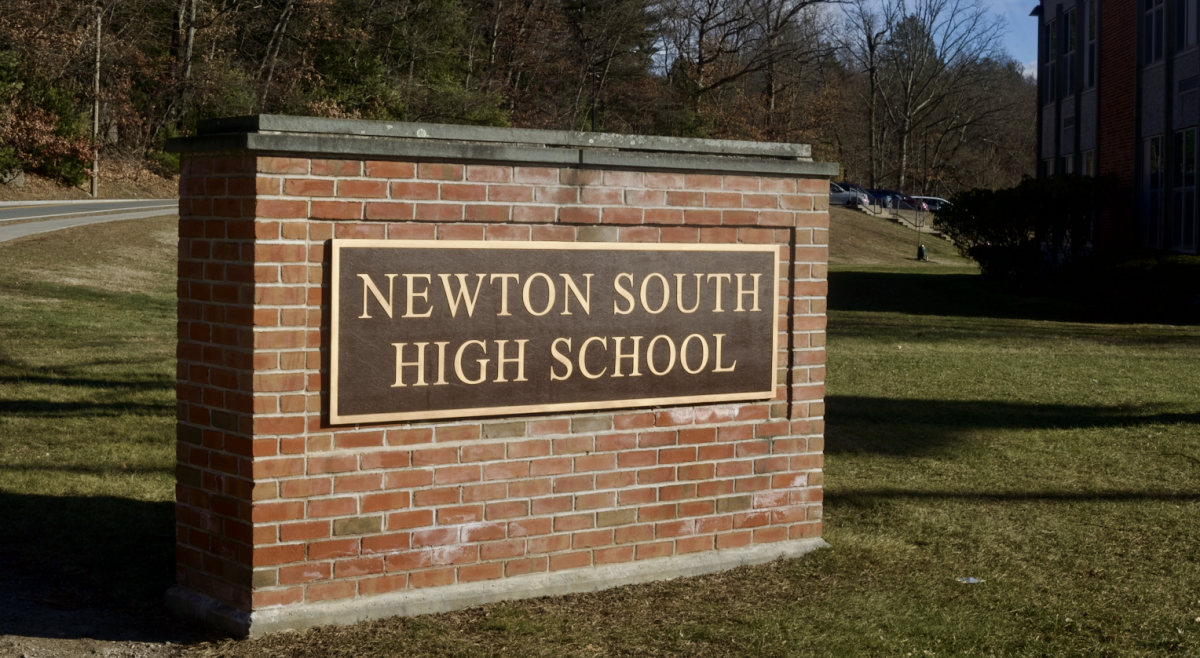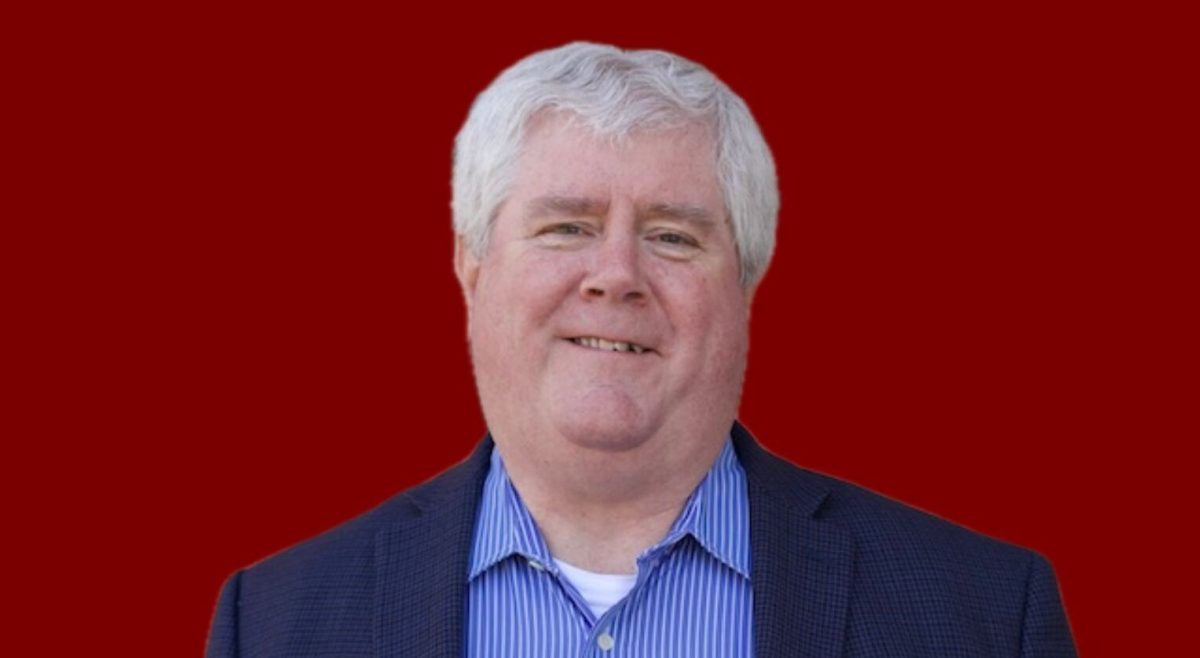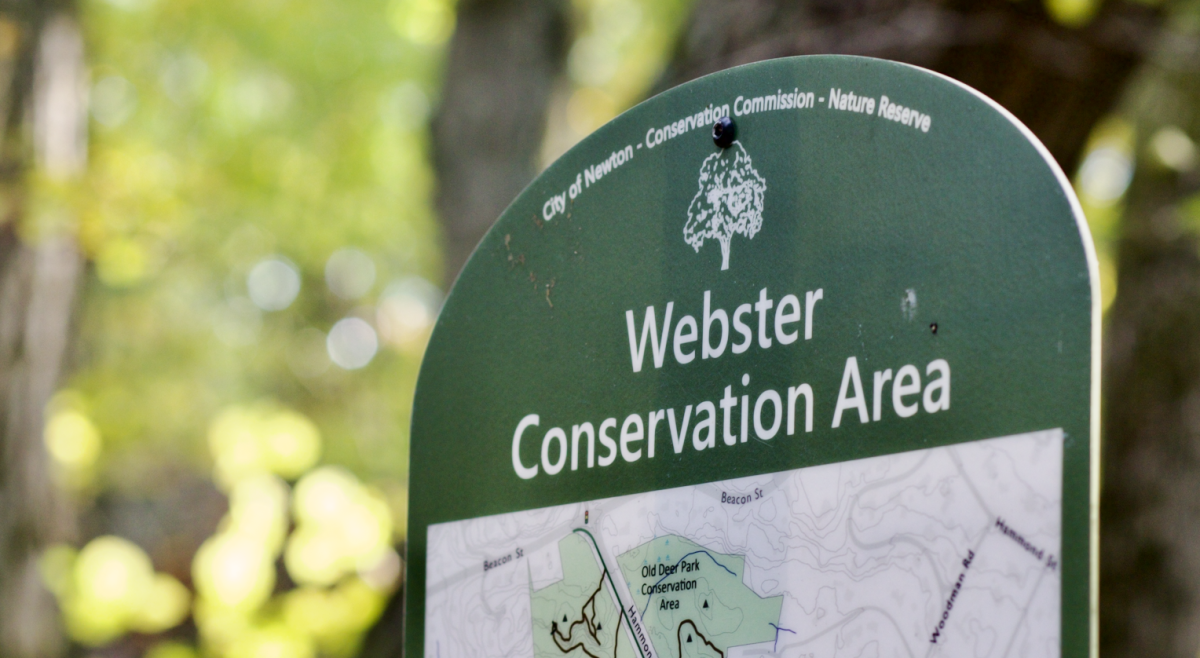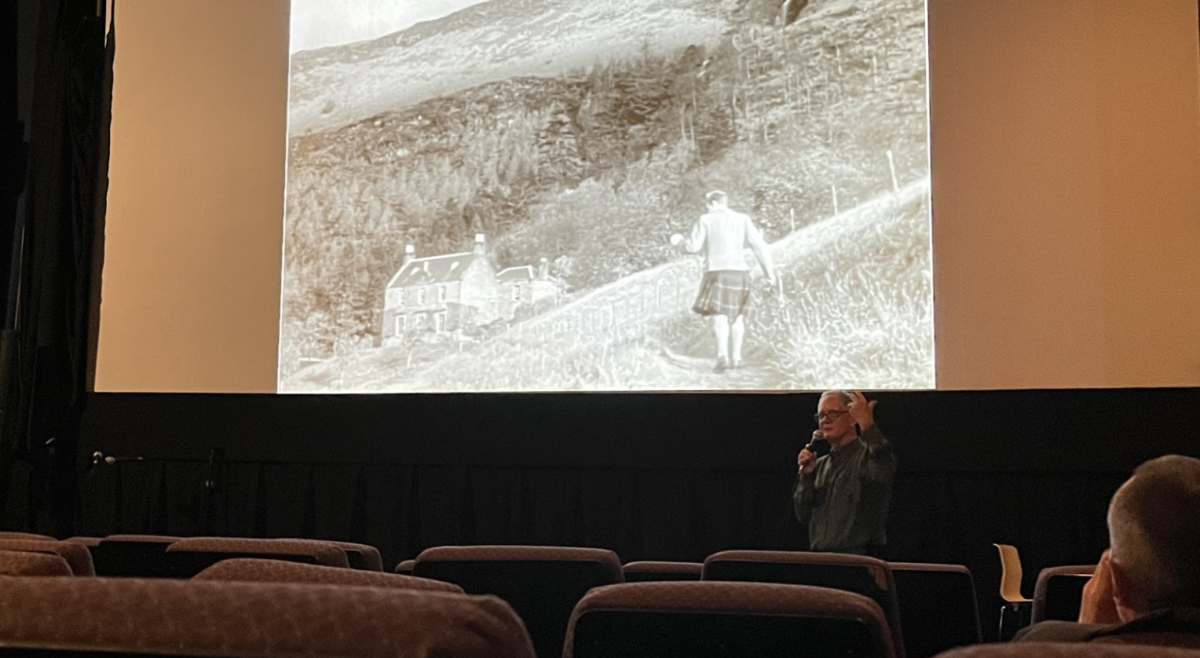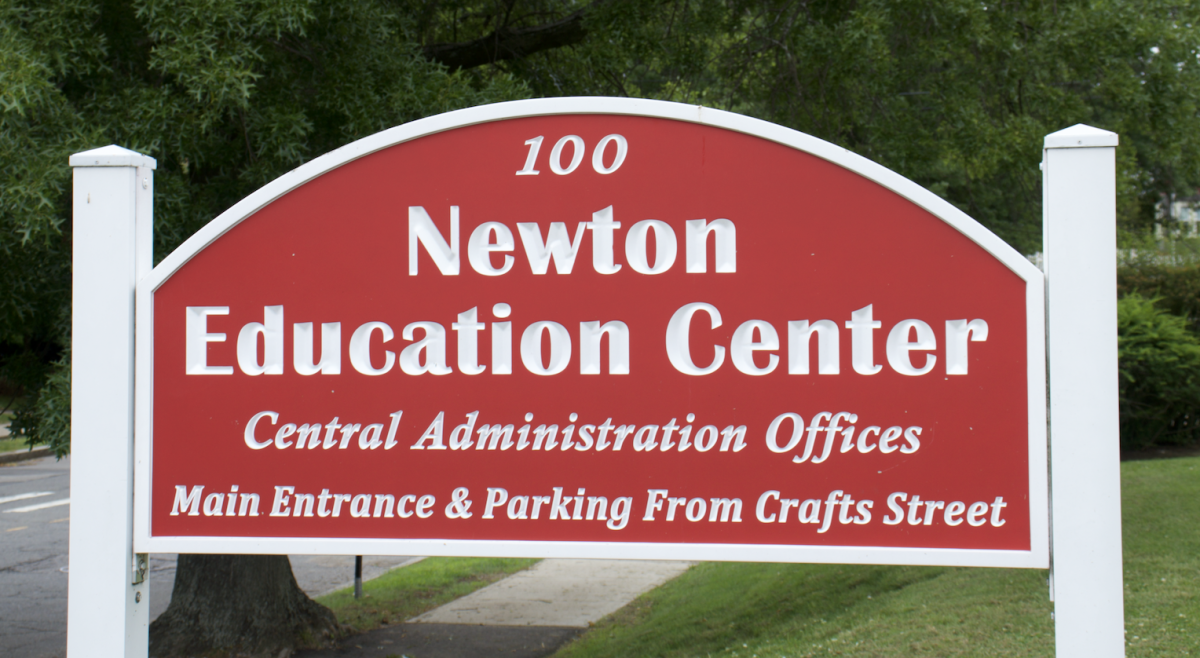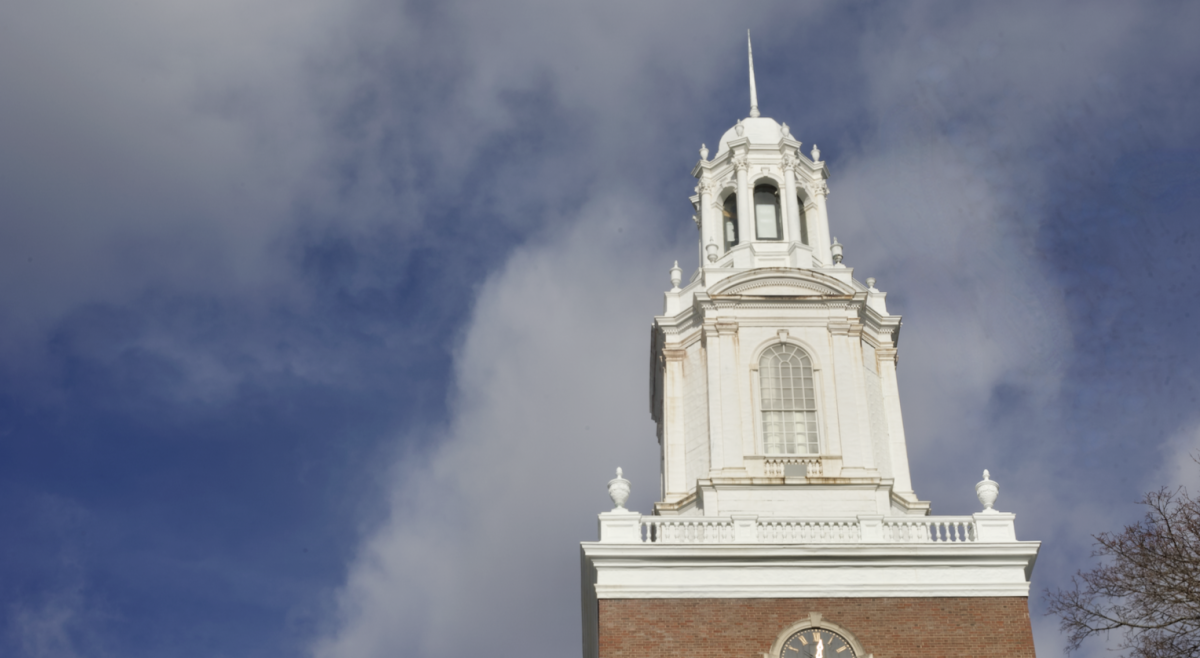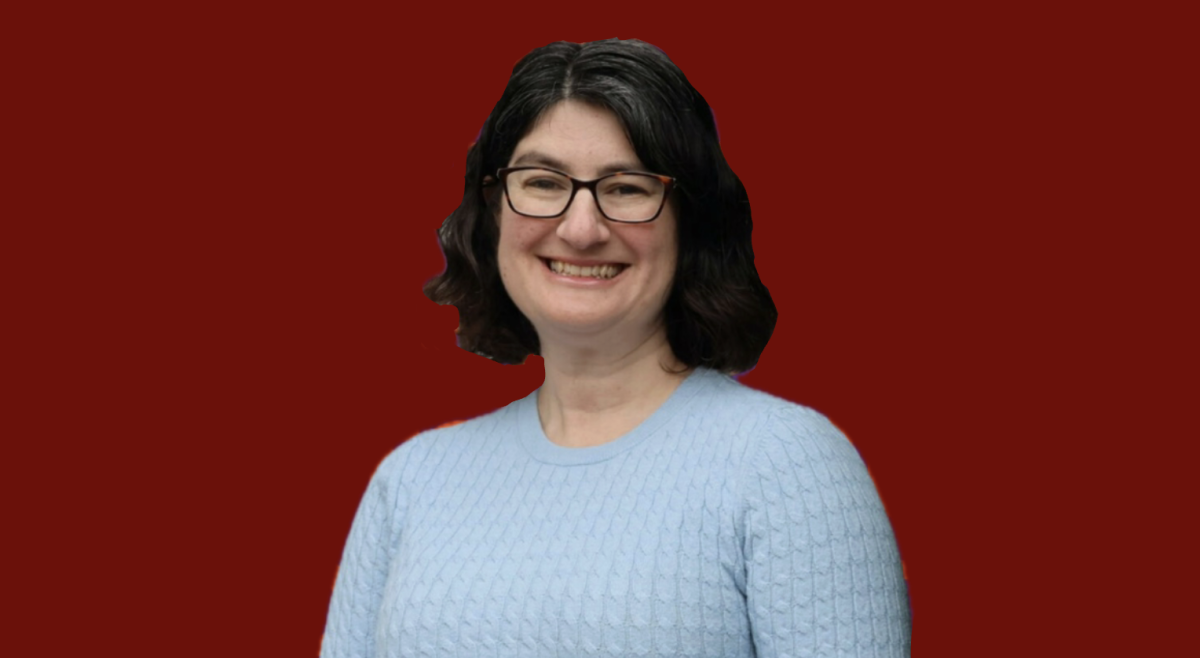Newton City Council voted on Monday to approve a zoning amendment designed to limit the size and visual scale of new single-family homes in the city, marking one of the largest residential design reforms in recent memory.
The change, known as the Residential Facade Build Out Ratio, restricts a home’s front width to 60 percent of the lot’s frontage within required setbacks. The goal is to prevent oversized structures from overwhelming neighborhoods and to preserve Newton’s architectural character.
The amendment was presented to the council by the Zoning and Planning Committee (ZAP), headed by Ward 7 Councilor Lisle Baker.
“This item is one that has been in the committee for a considerable period of time,” Baker said. “There are large numbers of what amount to apparently oversized homes on the lots they occupy, creating a very uncomfortable streetscape and also potential difficulty for the abutters”.
According to Baker, ZAP and the city’s consultant, Utile Architecture and Planning, studied teardown trends across Newton before recommending the 60 percent limit.
“Part of the challenge of this process is we were asking the planning department to look with our consultant, Utile Design, at remedies that could improve what the built environment looked like without adversely affecting the property values of the properties themselves,” Baker said. “Our consultant came to the conclusion that what appeared to be an optimal ratio would be a 60 percent ratio.”
Under the new rule, homes on lots narrower than 50 feet and additions under one and a half stories are exempt. Homeowners who wish to exceed the 60 percent limit may apply for a special permit. The measure will take effect on March 1, 2026, allowing residents and builders time to complete projects already underway.
“The challenge is you want to have an effective date that’s close enough so we don’t encourage people to go build the kind of buildings that you saw at the beginning, but also far enough out so that people who have reasonable expectations of doing something can finish up what they’ve already started,” Baker said.
Several councilors supported the proposal as a measured response to resident concerns over rapid neighborhood change and development, including Ward 2 Councilor-at-Large Susan Albright.
“I hope we’ll get a report back from the planning department on what this has done to development in Newton—whether it’s had the effect that we’re hoping for—but I think it’s probably a good place to start,” said Albright.
Albright added that she plans to docket a review item by March 2027 to assess whether the new rule reduces teardowns or affects neighborhood design.
Ward 3 Councilor-at-Large Pamela Wright emphasized that the reform targets large-scale new builds as opposed to more modest homes.
“This change may reduce a few teardowns, but that was not the aim,” Wright said. “It was for these huge houses that didn’t take up the whole entire lot.”
Still, several councilors voiced concerns about unintended impacts for owners of smaller or irregular properties, including Ward 3 Councilor-at-Large Andrea Kelley.
“It seems that the current wording and scope doesn’t consider a majority of Newton’s lots, such as smaller lots and particularly irregularly shaped corner lots,” said Kelley. “This makes the process lengthier, more expensive, and convoluted, to the detriment of residential property owners.”
Ward 1 Councilor-at-Large Alison Leary described the amendment as an experiment that could evolve.
“I was, frankly, encouraged to see something substantial come out of Zoning and Planning,” said Leary. “I think this is a little bit of an experiment, and we would have an opportunity to reevaluate it, so I’m planning to support it.”
Ward 8 Councilor Stephen Farrell said he hopes the new rule will protect neighborhood character while still allowing growth.
“I’m hoping that this will go a long way to helping neighborhoods retain their character and still allow for some pretty good-sized buildings,” Farell said.
In his closing remarks, Baker said the council’s vote revealed a growing consensus that as Newton continues to develop, oversized buildings must be addressed.
“This is an opportunity for the council to respond to the concerns we’ve heard in the community about the nature of our built environment and the oversized appearance of buildings,” Baker said.
The motion passed 18–5, with one absent.

